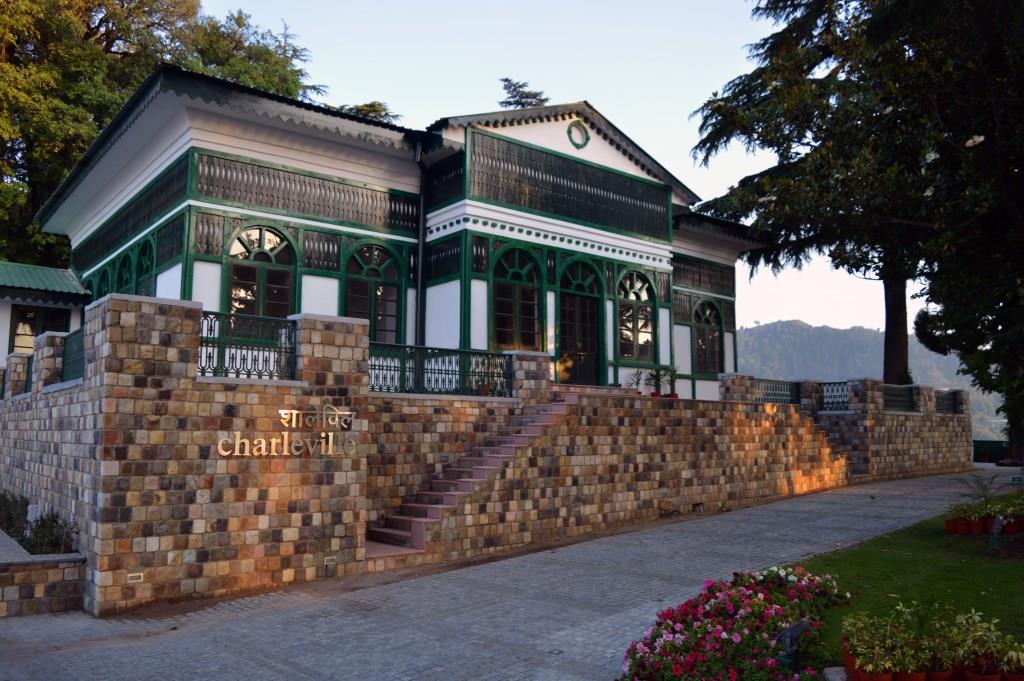General Studies – II
Polity
1) A system of checks and balances that prevents any one branch gaining the upper hand is essential for democratic functioning. Analyse (200 Words)
Refer - The Hindu
International Relations
2) India needs to focus on key strategic partnerships in the event of an escalatory situation with China. Discuss (200 Words)
Refer - The Hindu
General Studies – III
Economy
3) Fiscal support to growth needs emphasis on retaining space for capital expenditure to grow adequately in the Indian economy. Explain (200 Words)
Refer - The Hindu
Enrich the answer from other sources, if the question demands.

IAS Parliament 3 years
1) KEY POINTS
· There is something unpleasant in the way the Government is going about the task of demanding a big say in the appointment of judges in constitutional courts.
· There is little doubt that the Government’s anger is towards the 2015 judgment of a Constitution Bench striking down the formation of a National Judicial Appointments Commission (NJAC).
· While few would disagree that the Collegium system needs reform, the Government’s motive in carrying on a campaign against the judiciary in the name of seeking reform in the appointments process is questionable.
· The answers to some of the issues raised by the Government are quite simple, and has been repeatedly pointed out by the Court, as well as the political opposition.
· Until such an exercise to amend the Constitution achieves fruition, it has to abide by the law of the land, that is, the present system of appointments through the Collegium.
· It is difficult to avoid the impression that the Government’s tactics are bordering on veiled warnings: deliberately delaying action on recommendations.
· It is surprising that it seeks to rein in a judiciary that has been quite accommodative of the Government’s concerns on the judicial side in recent years.
2) KEY POINTS
· To begin with, there is a growing consciousness within the government and the larger strategic community in India that China is a threat to India’s national security.
· There has been a clear shift of focus from the Line of Control (LoC) to the Line of Actual Control (LAC) and the consequent force redeployment has been considerable.
· For one, given the absence of active Indian responses, a far more powerful China is likely to increase the tempo of its territorial pursuits.
· China could exploit the policy confusion in New Delhi and keep probing the borders.
· But the most challenging part of articulating the source of threat and setting redlines is the danger of escalation.
· New Delhi could employ a tit-for-tat strategy and consider occupying unmanned areas on the Chinese side. This is doable, but India must be prepared for similar actions from the Chinese side.
· It is perhaps an opportune moment for New Delhi to consider nuclear modernisation and perhaps even develop low yield weapons.
· Notwithstanding the accuracy of the argument that India’s growing strategic partnership with the U.S. is the reason behind China’s aggression.
· China’s aggression is indeed a good reason for New Delhi to strengthen its strategic partnership with the U.S. and the West.
3) KEY POINTS
· As the number of COVID-19 cases subsided, 2022-23 was expected to be a normal year. However, this hope was shattered by Russia’s invasion of Ukraine.
· While India’s performance was relatively better than many other countries, the return to normalcy has been delayed.
· India’s GDP at the end of the present fiscal year will only be 8.57% higher than its level in 2019-20, giving an average of 2.86% for three years.
· The policy response to the COVID-19 shock, which affected 2020-21, was a sharp increase in the Centre’s fiscal deficit to 9.2% of the GDP.
· Multilateral institutions have projected global growth prospects and India’s growth prospects for 2023-24.
· The Organization for Economic Co-operation and Development has projected a growth rate of 2.2% for the global economy in 2023 and 5.7% for India in 2023-24.
· The need for correction in the government’s fiscal deficit primarily arises because of the relative profile of savings and investment as a proportion of GDP.
· he pressure on the Reserve Bank of India (RBI) to expand reserve money will come down.
· A careful calibration would be required for limiting revenue expenditure growth in order to retain space for capital expenditure to grow adequately with a view to supporting growth.
BALAMURUGAN A 3 years

IAS Parliament 3 years
Try to bring coherence in the answer. Keep Writing.

K. V. A 3 years
Q 2

IAS Parliament 3 years
Good attempt. Keep Writing.
PANDI SANTHOSH RAJA S 3 years
KINDLY REVIEW

IAS Parliament 3 years
Good attempt. Keep Writing.
PANDI SANTHOSH RAJA S 3 years
KINDLY REVIEW

IAS Parliament 3 years
Good attempt. Keep Writing.